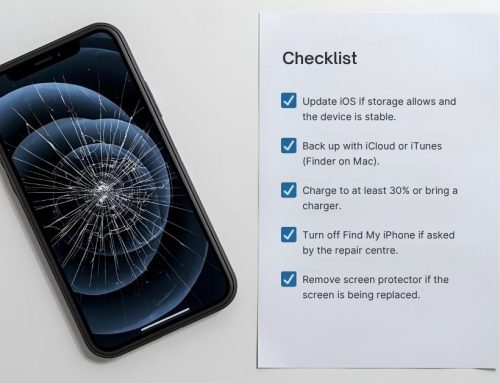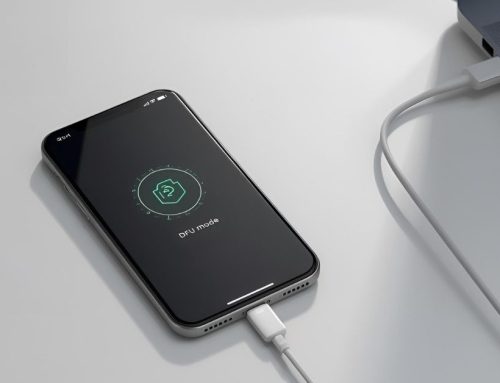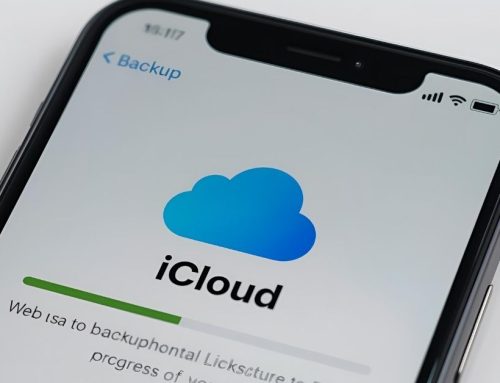If you’ve noticed new glitches after updating your device, you’re not alone. Many users experience android update problems, including battery drain, app crashes, slow performance, or Wi-Fi and Bluetooth connectivity issues. These bugs often appear right after installing a major software upgrade, and while they can be frustrating, most are easy to fix. In this guide, we’ll walk you through the most common update-related problems, explain why they happen, and share proven solutions to get your Android phone back to peak performance.
Identifying Update Issues
Identifying Android update problems, such as battery drain and connectivity problems, is crucial after installing major iOS or Android updates. You’ll want to master the art of troubleshooting these glitches to guarantee your device remains in top condition. Start by observing any abnormal behavior like app crashes, overheating, or sluggish performance. These are red flags signaling that your update might not be sitting well with your device.
Explore software diagnostics to pinpoint compatibility issues or to see if certain apps are hogging resources. Remember, symptoms can vary, so keep a keen eye on your device’s behavior post-update. Quick recognition of these issues is your first step towards resolving them without resorting to drastic measures. By staying vigilant, you can navigate through these challenges with ease.
Battery Drain Solutions
After a software update, you might notice your device’s battery draining faster than usual, but there are several strategies to mitigate this issue effectively. First, monitor your battery performance closely to tackle any unexpected drains. Adjusting settings like screen brightness and disabling background app refresh can greatly optimize battery usage.
Also, consider turning off location services and push notifications, as these features can be heavy on your battery. Don’t forget to check for updates for your apps, as they might have been optimized for the new OS version, enhancing battery efficiency. Finally, make use of the low power mode or battery saver settings during periods of heavy usage. These steps will help you master your device’s battery life post-update.
App Crash Fixes
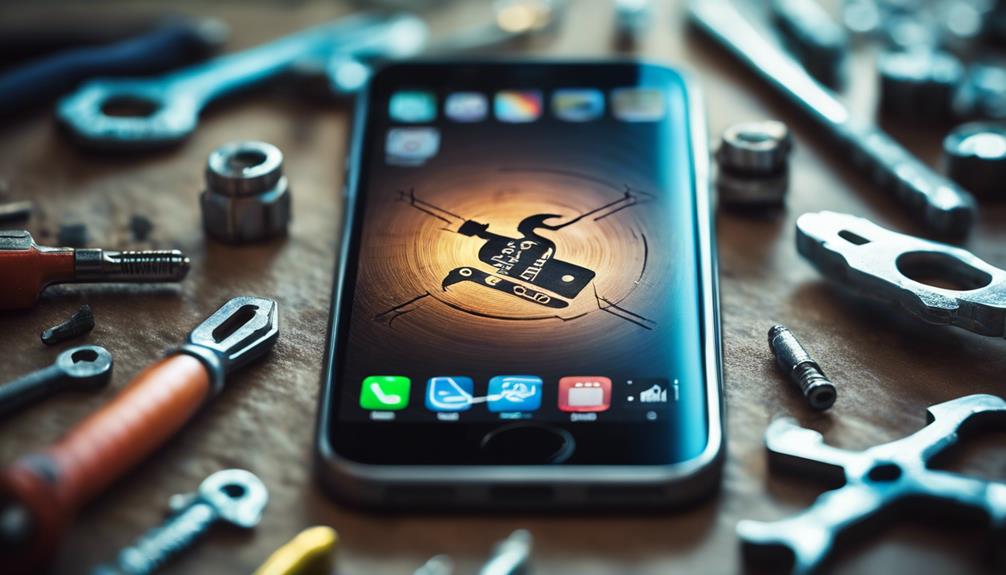
Moving on to app crash fixes, you’ll find that keeping your apps updated is essential. If you’re facing frequent crashes, clearing the app’s cache and data can work wonders in smoothing out those frustrating hiccups. These steps are simple yet effective in tackling the most common app-related issues after an update.
Update Relevant Apps
To lessen app crashes following a major iOS or Android update, it’s important to promptly update your relevant apps. App developers often release updates to guarantee their products work seamlessly with the latest versions of operating systems. These updates aren’t just about new features; they include essential bug fixes and performance enhancements specifically optimized for the new software environment.
If you neglect this step, you’re likely to face compatibility issues, crashes, and glitches that can hinder your device’s functionality. To avoid these problems, make it a habit to regularly check the App Store or Google Play Store for updates. Ensuring your apps are up-to-date is key to maintaining smooth operation and taking full advantage of the enhancements offered by the latest system update.
Clear App Cache/Data
While updating your apps guarantees compatibility with new system updates, clearing the app cache and data is another effective method to fix crashes and enhance performance. The cache stores temporary data, and over time, it can lead to issues like app crashes, freezes, and sluggishness. By clearing it, you’re not only freeing up space but also giving the app a fresh start, which can greatly improve its functionality.
If you’re facing persistent problems, going a step further to clear app data can reset settings and preferences, providing a clean slate for troubleshooting. This process varies slightly between iOS and Android, accessible through app or device settings. Remember, it’s a recommended step by tech experts for resolving app-related glitches efficiently.
Connectivity Troubleshooting
After tackling app crash issues, let’s shift our focus to resolving connectivity troubles that often surface after an OS update. You might find your device struggling with Wi-Fi connection issues or mobile data problems, affecting your online experiences. We’ll guide you through steps to troubleshoot these issues, ensuring you’re back to seamless browsing and streaming in no time.
Wi-Fi Connection Issues
Experiencing Wi-Fi connection issues can disrupt your online activities, but with a few troubleshooting steps, you’ll quickly find a solution. First, try toggling the Wi-Fi setting on your device on and off. This simple action often refreshes your connection, eliminating temporary glitches. If you’re facing slow internet speeds or frequent dropouts, consider resetting your device’s network settings.
This action clears any stored connections and allows your device to establish a fresh link to your Wi-Fi network. Additionally, toggling Airplane Mode on and off can also help resolve connectivity problems, not just for Wi-Fi but for Bluetooth connections as well. By following these steps, you’ll address most Wi-Fi issues, ensuring a smoother, more reliable online experience.
Mobile Data Problems
Just as Wi-Fi connectivity issues can hinder your online experience, mobile data problems can also disrupt your ability to stay connected on the go. After a major iOS or Android update, it’s not uncommon to face issues with mobile data connectivity. Here’s what you can do to troubleshoot and resolve these issues effectively:
- Reset network settings to guarantee any corrupted configurations are cleared.
- Check for any pending software or carrier settings updates that might fix the problem.
- Verify your APN settings are correct for your carrier, as incorrect settings can prevent mobile data from working.
If these steps don’t restore your mobile data connectivity, it’s time to contact your carrier. They can offer specific assistance and possibly identify if the issue is on their end or requires further technical support.
Performance Optimization
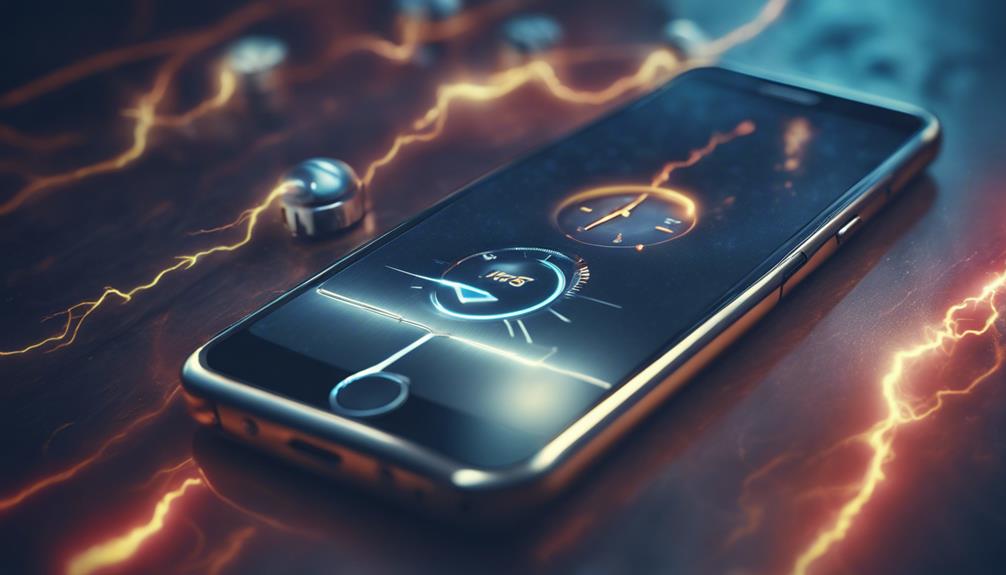
To optimize your device’s performance post-update, consider clearing both device and app caches to free up memory. This action is a crucial step in enhancing your device’s speed, pivotal for both work and personal use. Moreover, optimizing your device involves adjusting display settings and enabling the auto-brightness feature, which greatly contributes to battery life extension.
Setting your device to auto-lock sooner and minimizing screen-on time are also effective strategies for preserving battery life, ensuring your device endures longer during the day. Finally, make sure all your apps are updated to the latest versions and force quit any that are causing issues. This maintains app stability and optimizes overall performance, keeping your device running smoothly.
System Update Checks
Before starting a system update, always verify your device’s settings menu to make sure you’re running the latest software version. This initial step is essential to avoid unnecessary complications or performance issues post-update. To master this process and guarantee a seamless update experience, consider the following key actions:
- Confirm the compatibility of your device with the new update.
- Make sure your device has enough storage space for the update.
- Backup your important data and files before initiating the update.
Monitoring official announcements from the device manufacturer is also important. They often provide critical information on known issues or recommended steps, helping you prepare adequately for the update. By following these guidelines, you can mitigate potential problems and enjoy the benefits of the latest software enhancements.
Resetting Your Device
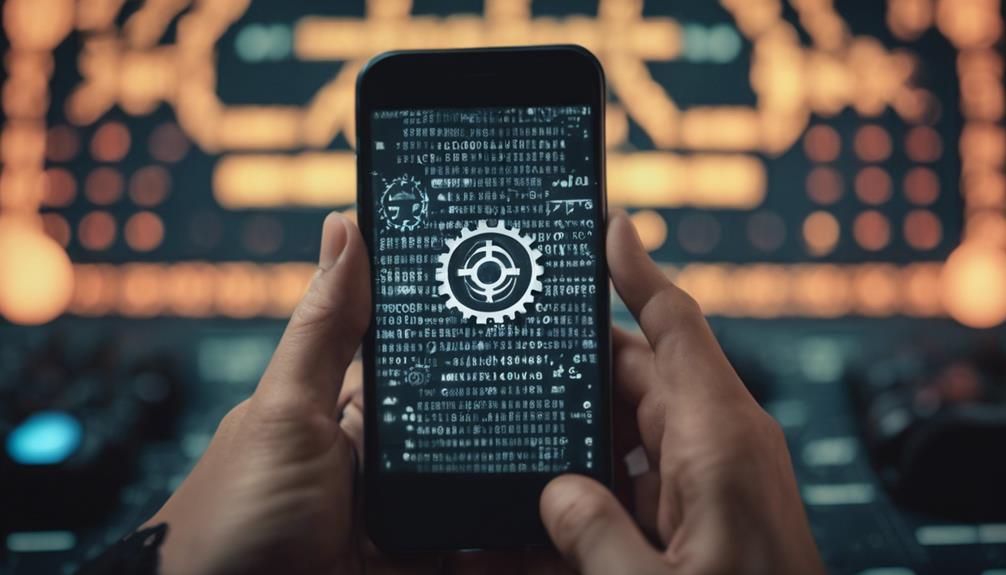
If you’re facing issues after a recent iOS or Android update, resetting your device might be the solution you need. Initiating a soft reset by restarting your device can clear temporary data, rejuvenating system processes without erasing personal data. This simple action often resolves minor glitches effectively. However, persistent problems may require a hard reset, or factory reset, which erases all data and returns your device to its original state.
Before resorting to this, make sure you’ve backed up important data to avoid permanent loss. Additionally, resetting network settings can specifically address connectivity issues like faulty Wi-Fi or Bluetooth connections post-update. This targeted approach fixes such problems without affecting your device’s overall data.
Seeking Community Support
After exploring device resets as a potential fix, you might find that the wisdom of the crowd is invaluable when dealing with lingering post-update issues. Many users who experience android update problems or iOS glitches turn to online communities for quick, practical, and proven solutions. These platforms are rich in collective knowledge, offering diverse perspectives that could help you resolve your specific problem more efficiently than trial-and-error on your own.
- Join Online Forums and Groups – Platforms like Reddit, XDA Developers, and Apple Support Communities host thousands of active members who frequently share their experiences and solutions to android update problems such as battery drain, connectivity errors, or app crashes.
- Leverage Social Media – Social media platforms, particularly Twitter (X) and Facebook groups, provide real-time discussions where tech-savvy users often share quick fixes or updates about widespread post-update issues.
- Check Official Support Channels – Both Apple and Android forums provide direct insights from experts and developers, ensuring that you’re not only accessing user-based solutions but also official troubleshooting methods for common post-update glitches.
Engaging with these platforms allows you to share your experiences, compare solutions, and gain reassurance that you’re not the only one facing such issues. Community-driven support can often uncover fixes that aren’t widely published, helping you resolve update-related frustrations faster. By combining official troubleshooting steps with collective advice, you maximize your chances of overcoming post-update obstacles and keeping your device running smoothly.
Conclusion
Dealing with post-update hiccups on your iOS or Android device can feel overwhelming, but most issues have practical fixes if you approach them step by step. Many users run into android update problems such as rapid battery drain, unexpected app crashes, sluggish performance, or unstable connections after installing the latest software. The key is to identify the root cause quickly and apply targeted troubleshooting methods—from adjusting background settings and clearing app caches to resetting network preferences and checking for overlooked updates.
For persistent android update problems, optimizing performance through device maintenance, uninstalling incompatible apps, and even performing a factory reset may restore stability. Don’t hesitate to turn to online community forums or seek professional support if the glitches remain unresolved. Remember, every major update is designed to improve your phone’s performance and security, so working through these challenges is well worth it. By addressing android update problems promptly, you ensure smoother functionality, longer device lifespan, and a more reliable mobile experience moving forward.

